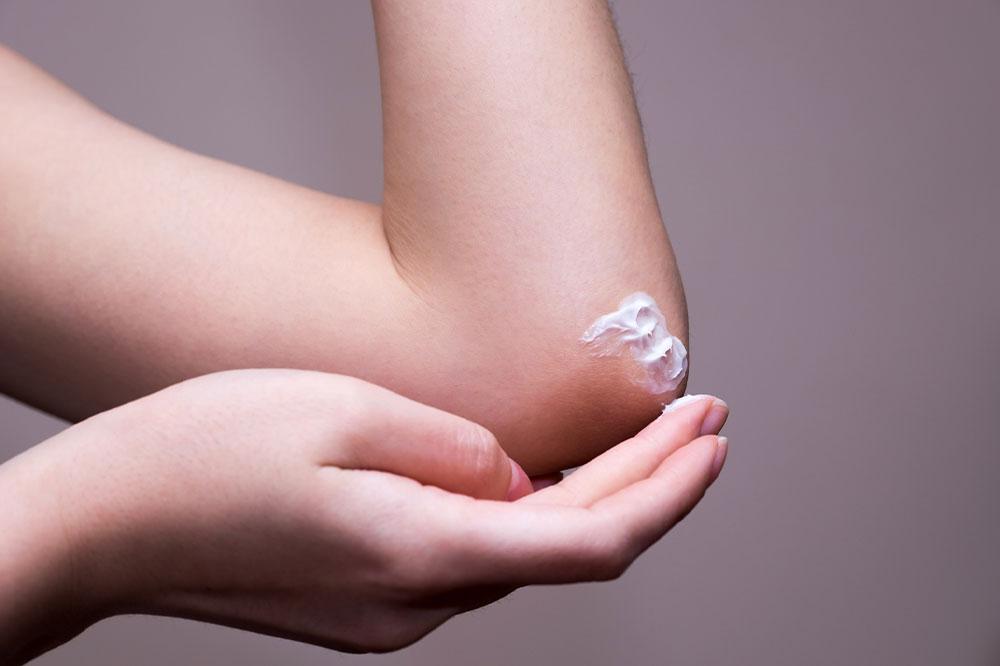Ringworm – Transmission, Risk factors, and More
Ringworm is a fungal disease that gets its name from a circular rash that develops on the skin. The source of the infection resides on surfaces at home, towels, bedding, clothes and other household items, and the skin. These fungal infections of the skin or nails affect over 20% of the world’s population. As for ringworm, although children are more prone to its development, the infection can affect all age groups.
Transmission
Ringworm is generally caused by mold-like parasites that survive off the outer layer of your skin. Here are a few ways ringworm can spread:
- Skin contact with a person who is infected.

Risk Factors
There are several factors that may influence and increase the chance of ringworm in people; here are a few examples:
- Wearing clothing that is restrictive or tight.
- Not having a robust immune system.
- Living in warmer regions.
- Participating in contact sports.
- Sharing towels, sheets, or other pieces of clothing.
Symptoms
Here are a few symptoms a person needs to look out for when they develop ringworm:
- Itchiness of the skin.
- Raised and expanded rings in nature.
- Ring structures on the skin that overlap.
- Scaly ring-shaped regions on the buttocks, arms, legs, and trunk.
Diagnosis
Healthcare experts generally diagnose ringworm by examining the affected skin. They may also take a small skin scraping and examine it under a microscope or send it to a lab for a fungal culture test. Furthermore, the examiner may ask the patient about their symptoms and may also enquire about these points:
- When the patient first noticed the symptoms.
- The shape of the rash when it started.
- If the patient, family member, or pet has or previously had a fungal infection.
- The pain and itchiness level of the infection.
- If the patient is on medications for ringworm.
One should prepare the answers to these questions beforehand to ensure their diagnosis is quick and accurate.
Treatments
Different treatments are given according to where the infection is located on the skin. Some forms of ringworm can be reduced or prevented with over-the-counter (OTC) treatments. Other forms of the infection may require antifungal prescriptions.
Treating Ringworm on the Skin
There isn’t a single non-prescription lotion, antifungal cream, or powder that is the best for ringworm on the skin. These OTC options can be used for dealing with fungal infections such as athlete’s foot and jock itch. The treatments need to be applied to the skin for two to four weeks before a person notices a reduction in the infection. Non-prescription methods are effective if the patient or the child’s parent follows the label institutions. If a person finds that the ringworm does not go away with non-prescription medications, they must immediately contact their healthcare provider.
Treating Ringworm on the Scalp
When the scalp is affected by such a fungal infection, it may lead to symptoms like scalp boils, excess dandruff, and the loss of hair in patches. For such cases, one can try antifungal shampoos available without a prescription. The formula may help kill fungus and bacteria to reduce inflammation. The person must ensure they follow the label instructions and read about the side effects. However, several people who develop ringworm on the scalp may not respond positively to OTC treatments. So, kids and adults who suffer from ringworm will require an antifungal prescription that is administered orally. A dermatologist is the best professional for diagnosis and prescriptions for antifungal treatments. The dosage may have to be taken for weeks or months before the ringworm on the scalp goes away.
Advisory for Steroid Creams
Many individuals often use OTC creams and other ointments with corticosteroids for the infection. However, one must always speak to a professional to confirm that the rash is caused by ringworm. If such creams are applied without proper diagnosis, it may worsen the condition and lead to other complications.
Prevention
Adults and kids can try the best non-prescription creams or oral prescriptions to manage ringworm. But it is imperative to practice measures to prevent the condition. A few ways to avoid the fungal infection include,
- Washing hands regularly.
- Not sharing personal care items such as towels, brushes, and clothes.
- Ensuring the bedding is clean through proper washing of bed sheets, blankets, and pillowcases.
- Changing socks and undergarments at least once each day and cleaning them properly before reuse.
- Keeping the skin sufficiently dry and clean at all times.
- Wearing flip-flops in public bathing and changing areas.
- Being knowledgeable about the infection and educating others, especially kids, about ringworm.
Keeping in mind the factors discussed herein will be quite useful for keeping infections like ringworm at bay.

